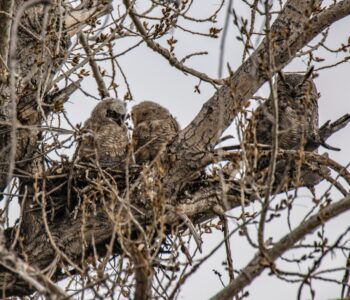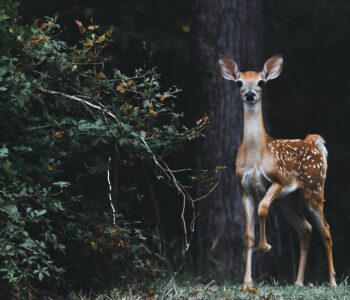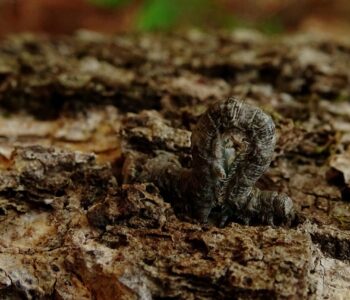 Critter Corner
Critter Corner
Best Webcams for Spring Wildlife Viewing
Webcams open up the amazing world of animals right before your eyes and provide a fantastic opportunity for observation and study. It’s especially cool in the spring when eggs are hatching and families are being raised. You and your children can enjoy watching Webcams positioned all around the country. They provide a great source of entertainment.
Here are the best webcam sites from around the United States and elsewhere. You can check out and bookmark the ones you like.
*Note: depending on the season and activity of the animal, many of the webcams are seasonal and the feed may not be live. Also, because animals are unpredictable, you may not see the wildlife you hope to see. Check back. You may also need special plugins to view the feeds.
- Wildlife Forever’s Web site – links to some of the best of the Web
- Your state fish and wildlife agency often has webcams set up. Check the agency website. Alaska Department of Fish and Game is a great example.
- National Audubon Society has, you guessed, bird cams and gray seal cam.
- National Park Service offers live webcams at many parks. This one of Bald Eagles is at the Channel Islands.
- The National Wildlife Refuge System offers feeds, but many are offline.
- The U.S. Fish and Wildlife Service offers many feeds. Use “cam” in the search box and the Web site will display and a long list of what is available.
- Explore.org offers an enormous collection of webcams. You can watch Giant Panda’s in China, Polar Bears in Canada, Hippos in Africa, Honey Bees in Germany, and Sharks in the United kingdom. It’s really awesome.







